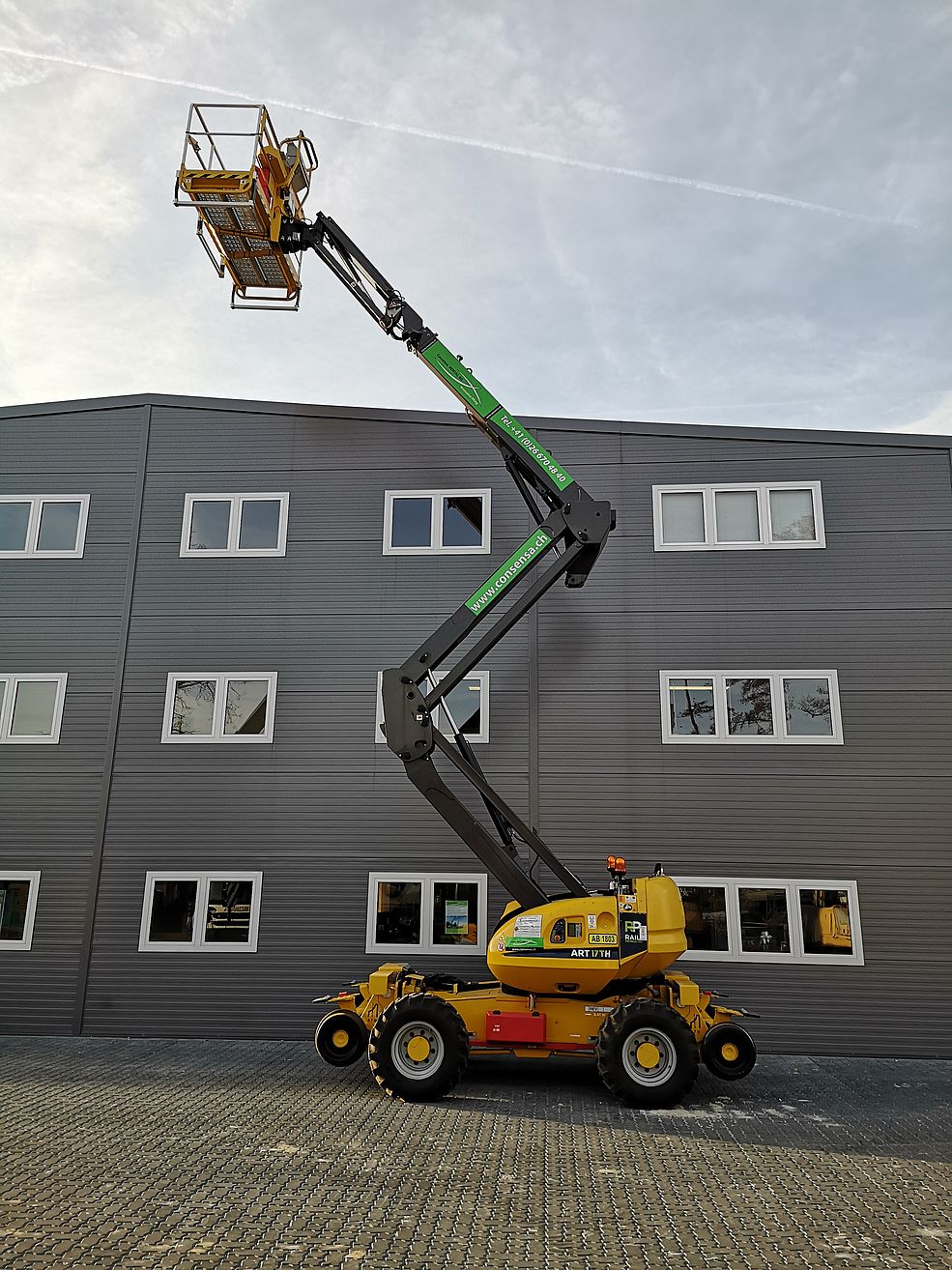


Once the route has been planned and test runs completed, it’s time to wrestle the huge loads onto the trucks. transport is challenging, transporting in Hawaii is even more difficult,” he commented. Lemke said the company has moved all but one wind turbine in Hawaii, and recently hosted its Hawaii carrier partners in Minnesota for a training connected to the Na Pua Makani wind farm in Oahu. In many cases there is only one viable route, making advance communications with city and state officials critical, said Olsen.ĪTS ships wind turbines all over the United States, and to date also has completed five projects in Hawaii, three in Alaska and one in Puerto Rico. The reconnaissance teams, she said, identify a range of road modifications, from taking out trees to moving utility poles.
#NACELLE RAIL ROUTE DRIVERS#
The reason wind energy planning often starts a year in advance is because of the extensive route improvements the must be made before drivers even attempt to bring the turbines on the road, said Cassie Olsen, ATS pricing analyst supervisor. BNSF’s customer support team works with the original equipment manufacturer (OEM) to identify potential issues before they arise, then collaborates with partners to find alternative design solutions to mitigate potential problems. As their length and height continue to grow, Wilemon said, “routes that we previously used for shorter blades can sometimes not accommodate larger models, due to the physical size and capacity of certain areas on our network.”

BNSF averages 20 wind energy shipments in a 30-day period, Wilemon said.īlades are the most difficult components to transport, due to such variables as equipment model, length and route accommodation. The larger models compound challenges for railroads, said Ben Wilemon, a BNSF Railway spokesperson, in an email to FreightWaves.


 0 kommentar(er)
0 kommentar(er)
